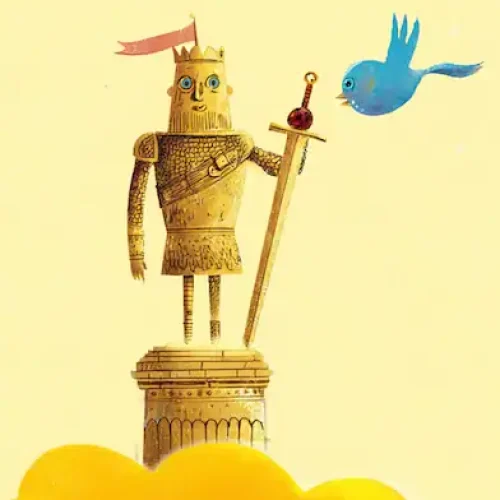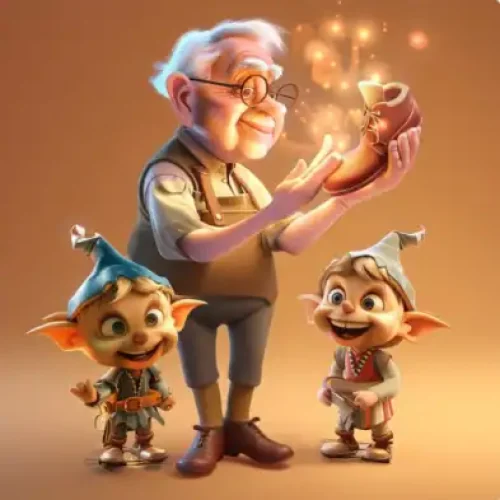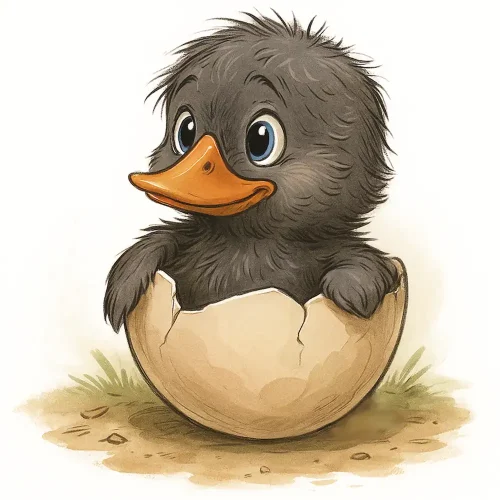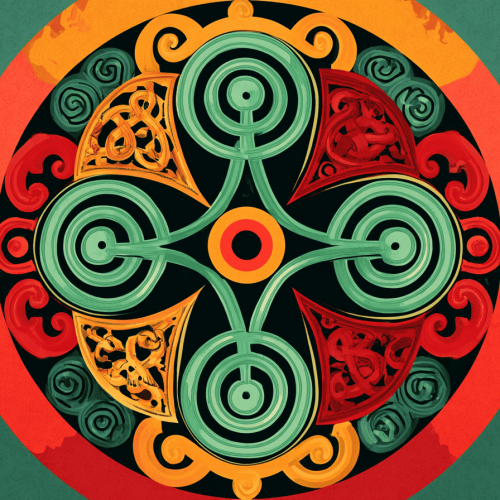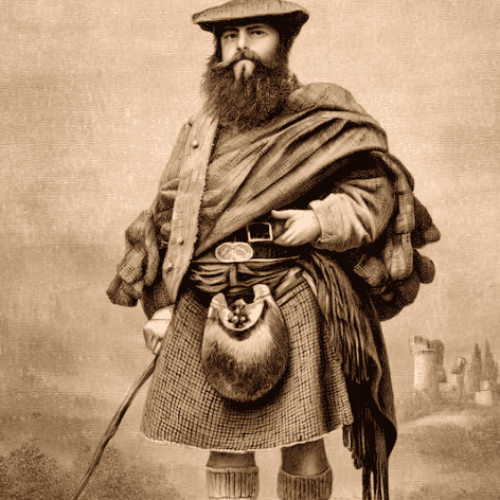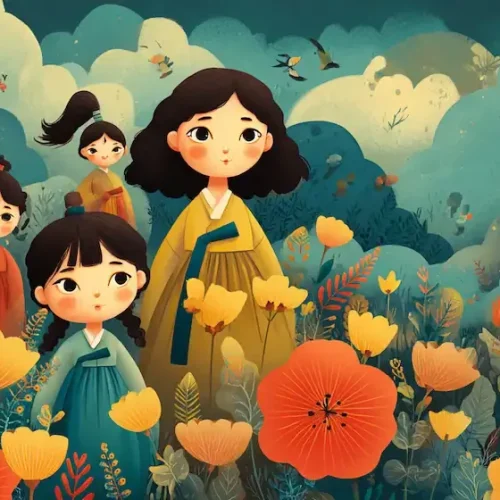

The Farmer in the Dell
The farmer in the dell.
The farmer in the dell.
Hi-ho, the derry-o!
The farmer in the dell.

The farmer takes a wife.
The farmer takes a wife.
Hi-ho, the derry-o!
The farmer takes a wife.

The wife takes a child.
The wife takes a child.
Hi-ho, the derry-o!
The wife takes a child.

The child takes a nurse.
The child takes a nurse.
Hi-ho, the derry-o!
The child takes a nurse.

The nurse takes a cow.
The nurse takes a cow.
Hi-ho, the derry-o!
The nurse takes a cow.

The cow takes a dog.
The cow takes a dog.
Hi-ho, the derry-o!
The cow takes a dog.

The dog takes a cat.
The dog takes a cat.
Hi-ho, the derry-o!
The dog takes a cat.

The cat takes a mouse.
The cat takes a mouse.
Hi-ho, the derry-o!
The cat takes a mouse.

The mouse takes a cheese.
The mouse takes a cheese.
Hi-ho, the derry-o!
The mouse takes a cheese.

The cheese stands alone.
The cheese stands alone.
Hi-ho, the derry-o!
The cheese stands alone.

The farmer in the dell.
The farmer in the dell.
Hi-ho, the derry-o!
The farmer in the dell.

The farmer takes a wife.
The farmer takes a wife.
Hi-ho, the derry-o!
The farmer takes a wife.

The wife takes a child.
The wife takes a child.
Hi-ho, the derry-o!
The wife takes a child.

The child takes a nurse.
The child takes a nurse.
Hi-ho, the derry-o!
The child takes a nurse.

The nurse takes a cow.
The nurse takes a cow.
Hi-ho, the derry-o!
The nurse takes a cow.

The cow takes a dog.
The cow takes a dog.
Hi-ho, the derry-o!
The cow takes a dog.

The dog takes a cat.
The dog takes a cat.
Hi-ho, the derry-o!
The dog takes a cat.

The cat takes a mouse.
The cat takes a mouse.
Hi-ho, the derry-o!
The cat takes a mouse.

The mouse takes a cheese.
The mouse takes a cheese.
Hi-ho, the derry-o!
The mouse takes a cheese.

The cheese stands alone.
The cheese stands alone.
Hi-ho, the derry-o!
The cheese stands alone.

The farmer in the dell.
The farmer in the dell.
Hi-ho, the derry-o!
The farmer in the dell.

The farmer takes a wife.
The farmer takes a wife.
Hi-ho, the derry-o!
The farmer takes a wife.

The wife takes a child.
The wife takes a child.
Hi-ho, the derry-o!
The wife takes a child.

The child takes a nurse.
The child takes a nurse.
Hi-ho, the derry-o!
The child takes a nurse.

The nurse takes a cow.
The nurse takes a cow.
Hi-ho, the derry-o!
The nurse takes a cow.

The cow takes a dog.
The cow takes a dog.
Hi-ho, the derry-o!
The cow takes a dog.

The dog takes a cat.
The dog takes a cat.
Hi-ho, the derry-o!
The dog takes a cat.

The cat takes a mouse.
The cat takes a mouse.
Hi-ho, the derry-o!
The cat takes a mouse.

The mouse takes a cheese.
The mouse takes a cheese.
Hi-ho, the derry-o!
The mouse takes a cheese.

The cheese stands alone.
The cheese stands alone.
Hi-ho, the derry-o!
The cheese stands alone.

Circle Up for More Classic Rhymes
Keep farming fun with This Little Piggy Went to Market.
Next farmyard favourite: Old MacDonald Had a Farm.
What Does “The
Farmer in the Dell” Really Mean? (And Why It’s Still Great for Kids Today)
The Farmer in the Dell is more than just a catchy nursery rhyme—it’s a powerful learning tool. In this blog post, we answer the most common questions parents and teachers ask about this classic circle game, based on real Google and AI search data. Plus, we share fun classroom ideas and tips to help you make the most of it.
🎵 What is the meaning of “The Farmer in the Dell”?
It’s a cumulative nursery rhyme and circle game. Children take on roles verse by verse—farmer, wife, child, and more—until the final line: “the cheese stands alone.” The rhyme teaches sequencing, memory, and group participation.
👶 What age is it best for?
Ages 0–5. It’s especially useful in preschool settings where children are developing role play, vocabulary, and motor coordination.
🧀 Why does the cheese stand alone?
The cheese ends the sequence—there’s no one left to choose it. This marks the close of the game and provides a humorous and slightly mysterious ending that kids love.
🎤 Is it a song or poem?
It’s both. It started as a folk song in Germany and evolved into a nursery rhyme. Today, it’s used for music, movement, and memory games.
🌍 Where did it come from?
It was first recorded in Germany around 1826 as “Es fuhr ein Bau’r ins Holz.” It came to the U.S. in 1883 and quickly became a classroom favourite.
📅 When was it first published?
It appeared in English in New York in 1883. Its folk roots go back further in German tradition.
🧒 What kind of game is played?
Children form a circle. One child, the farmer, stands in the middle. With each verse, a new person joins until the cheese stands alone. It builds community and cooperation.
💑 Why is it linked to courtship?
The original game mimicked adult rituals—choosing a wife, maid, manservant. These roles reflect traditional social structures.
🎶 Why does it sound like “A-Hunting We Will Go”?
The melody is very similar. When it reached English-speaking countries, it borrowed from familiar tunes to help children learn faster.
🌲 What is a dell?
A small wooded valley. The setting adds a natural, rural backdrop for the imaginative play.
🌎 Are there regional versions?
Yes. In the UK, it’s called The Farmer’s in His Den with different lyrics. Other countries adapt it to fit local language and culture.
🗣️ Does it help with grammar?
Absolutely. It teaches action verbs (e.g. “takes”) and roles (e.g. “wife,” “child”). The structure makes it a great tool for early language learners.
🧠 Classroom Tips & Parent Activities
Act it out with costumes or props
Use a felt board to sequence the characters
Discuss how the cheese might feel alone
Have kids draw each character in order
Extend the play with puppets or story cards

